AP Psychology Language & Cognition
1/59
There's no tags or description
Looks like no tags are added yet.
Name | Mastery | Learn | Test | Matching | Spaced |
|---|
No study sessions yet.
60 Terms
Cognition
process whereby we acquire and use knowledge; key elements: reviewing the past, contemplating the future, thinking about possibility; thinking
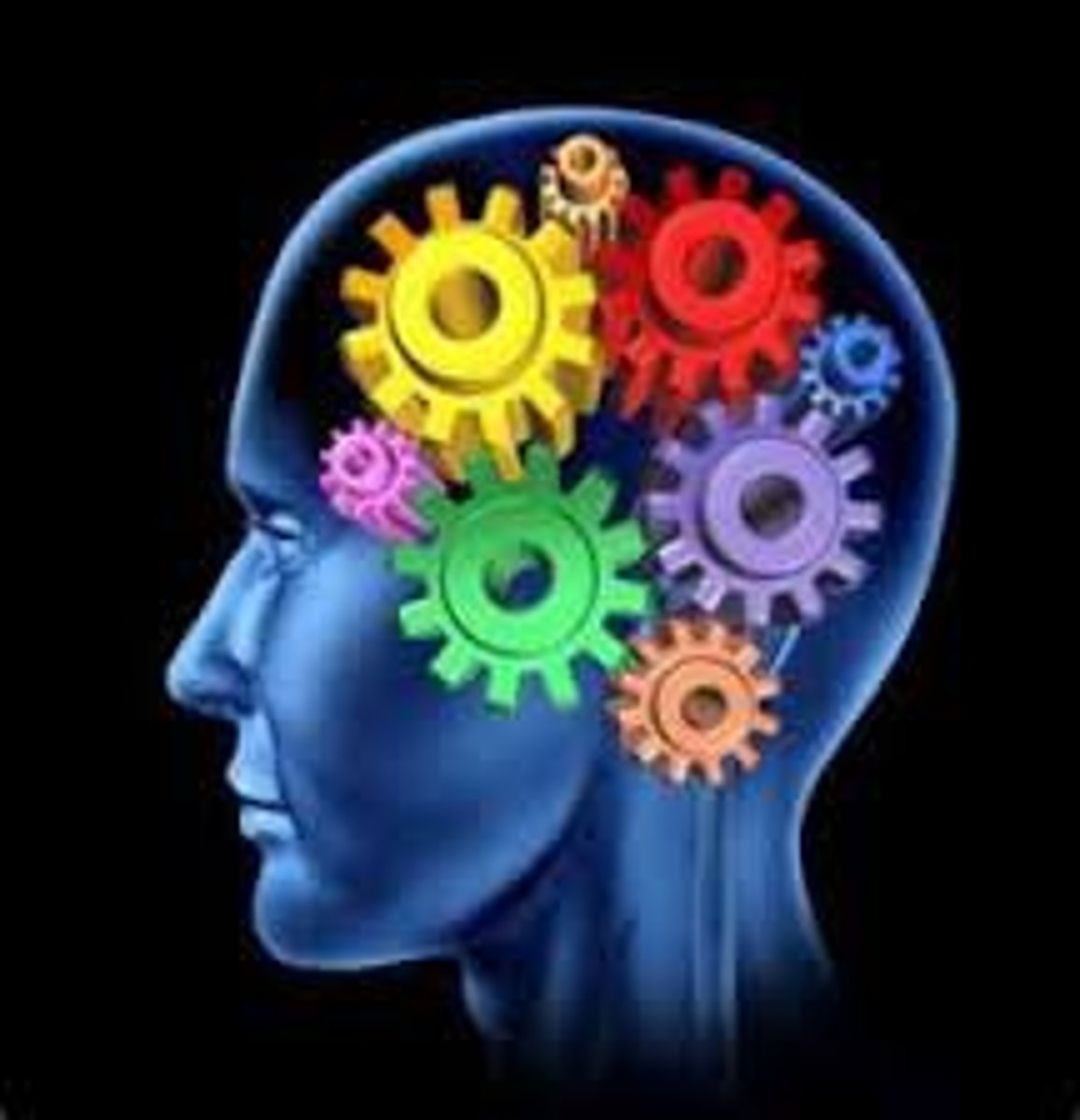
language
a flexible system of communication using sounds, rules, gestures, or symbols to convey information; is semantic (meaningful)-gives detailed information; displacement-allows communication over time; productive-create new words to communicate

phonemes
basic sound units; indicates change in meaning; universal; 45 phonemes in English, up to 85 in other languages; string together to create morphemes; examples:/s/, /z/, /ch/, /th/, /k/, etc.
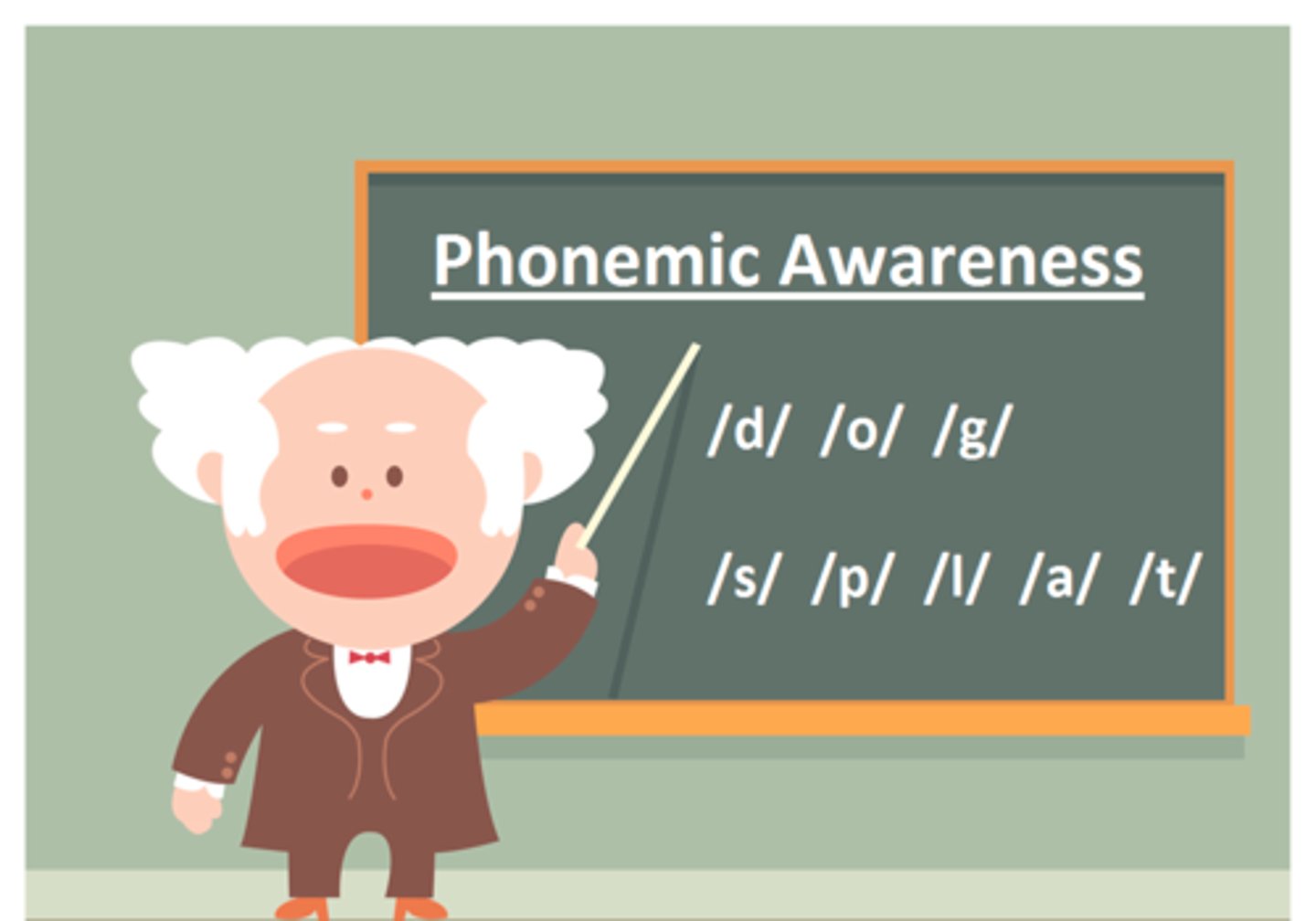
morphemes
smallest meaningful units of speech; simple words, suffixes, prefixes; examples: red, hot, calm, -ed, pre-

surface structure
the particular words and phrases used to make up a sentence
deep structure
the underlying meaning of a sentence
grammar
language rules; determines how sounds and words can be combined; used to communicate meaning within a language; has two components: syntax and semantics; meaning is often determined by word order; Noam Chomsky; allows people to make transformation from surface to deep structure in sentences
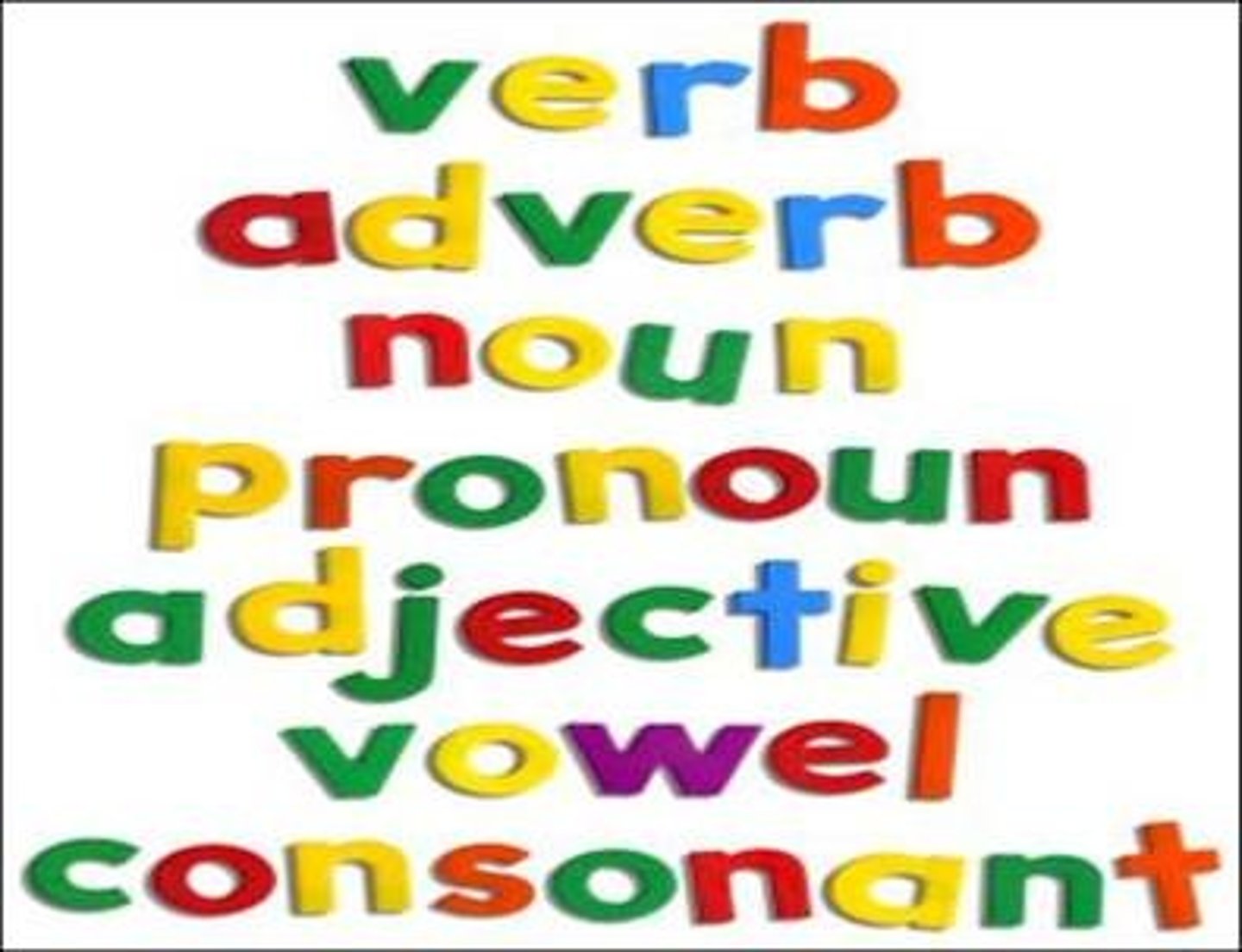
semantics
criteria for assigning meaning to the morphemes in a language; influenced by Noam Chomsky; content of language; evidence by surface and deep structure
**meaning from sound
syntax
Noam Chomsky; system of rules that governs how words are combined/arranged to form meaningful phrases and sentences; determined by word order
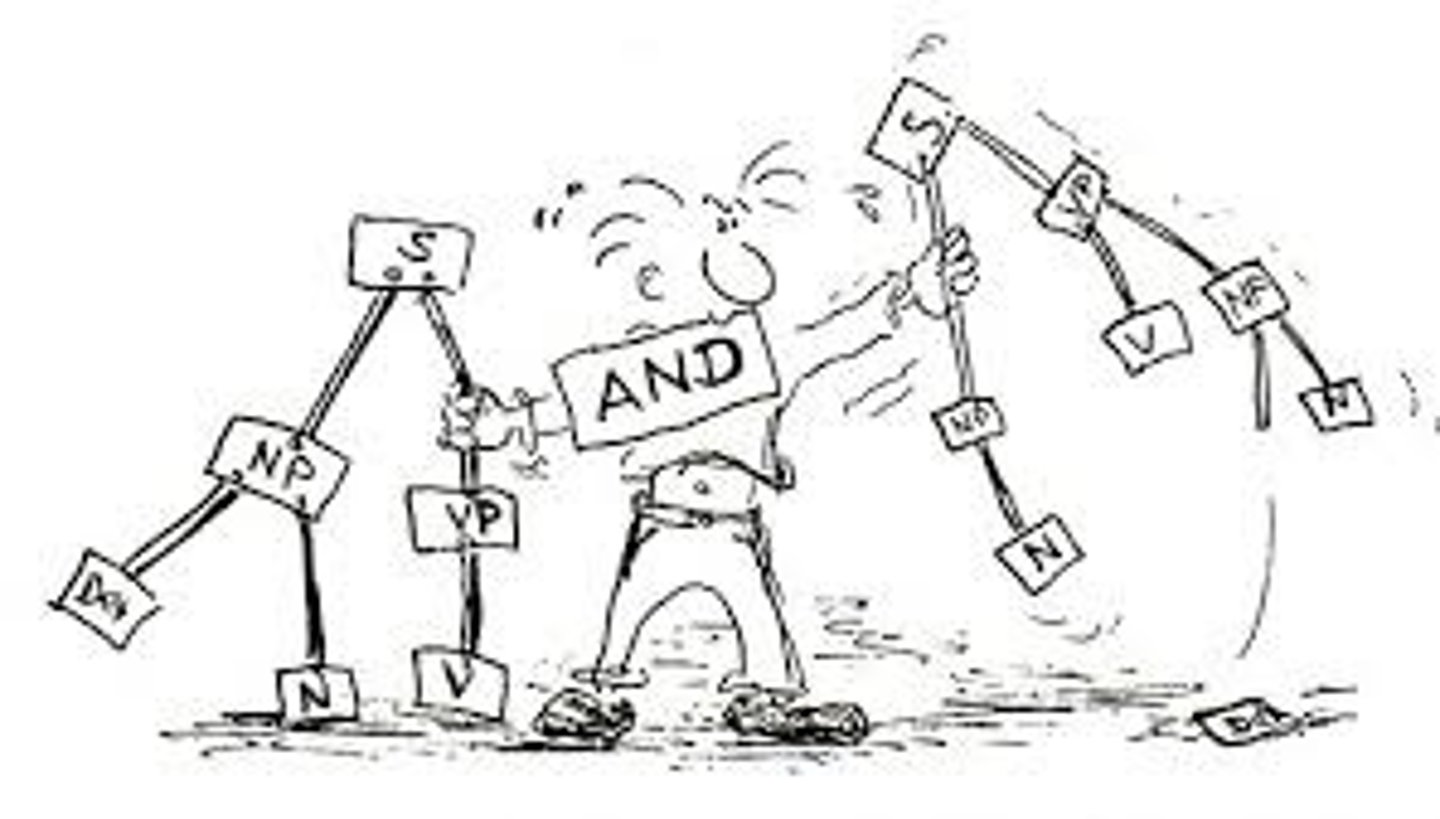
image
nonverbal; visual, auditory, olfactory; mental representations; Einstein felt that scale in visualizing abstract concepts lead to insights; can be manipulated mentally (Shepard and Metzler) geometric patterns
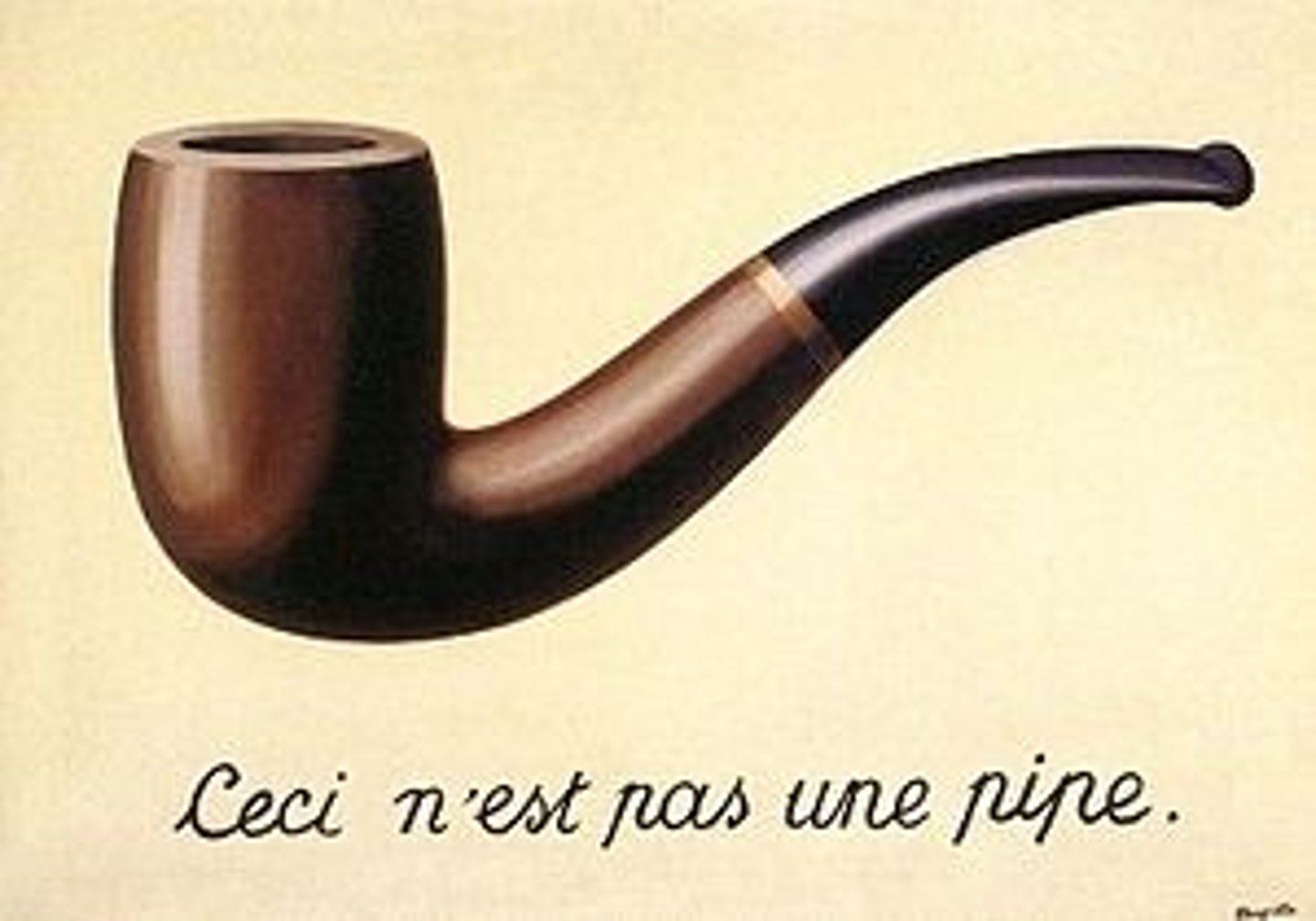
concept
mental categories; classifying objects, people, or experiences; can be modified to better manage experience; example-dogs, books, cars<-- objects in world; fast, strong, interesting<-- things, people, events
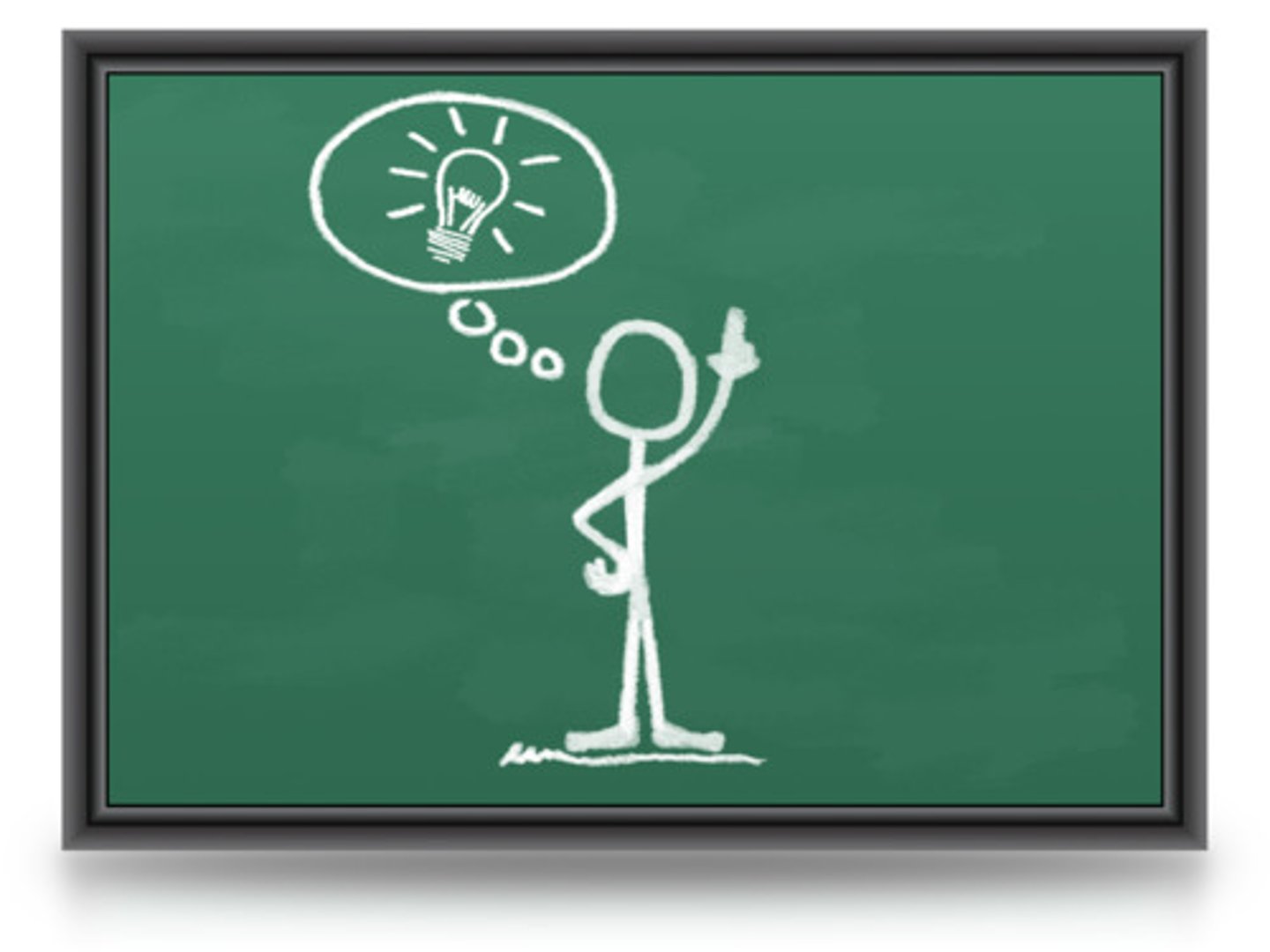
information retrieval
the idea that language affects our ability to store and retrieve information as well as our ability to think about things; evidence by linguistic determinism; pulled info from long-term memory
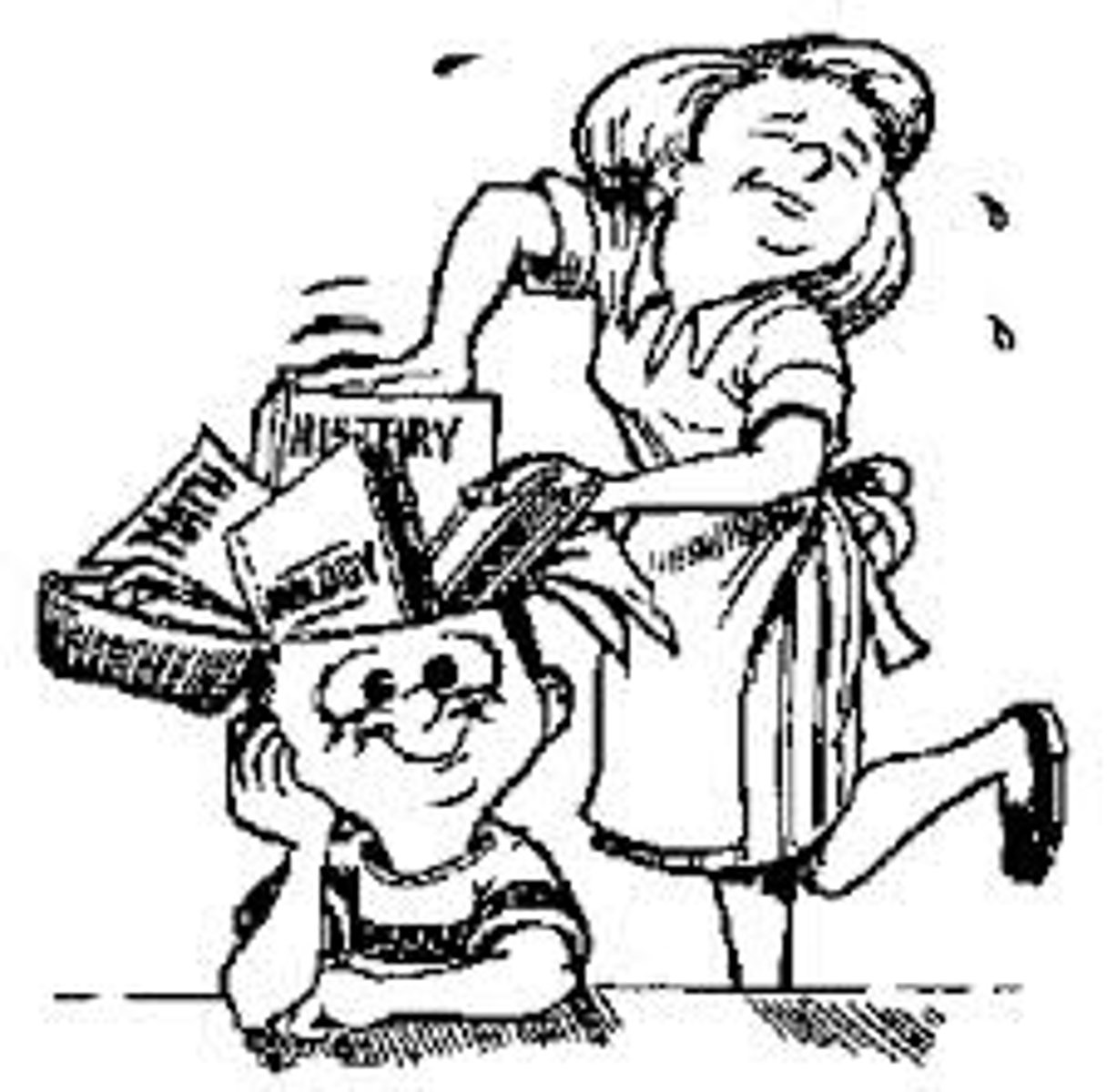
prototype
Rosch; mental model; model that contains the most typical features of concept; example: cat-pale, whiskers, meow, clause, for, ears

Idealized Cognitive Model (ICM)
Rosch; expands on prototypes; concept + schema; example: mother
problem representation
first step in problem-solving; interpreting or defining a problem
trial and error
problem-solving strategy; best if there are limited choices; takes time to try all approaches; try one approach, fail; and another until you succeed; guarantees a solution
algorithm
problem-solving strategy; step by step method that guarantees a solution; must be appropriate for the problem to be use; math is a good example
heuristic
problem-solving strategy; rule of Tom; does not guarantee a solution; simplifies a problem so a solution may be found; four types: hillclimbing, subgoals, means-end analysis, and working backward
hillclimbing
a heuristic; each set move to progressively closer to a final goal; simple; example: balancing a budget, reduce expenses to a smaller deficit
subgoals
a heuristic; break problem into smaller, more manageable pieces; example: Hobbits and Orcs problem
means-end analysis
a heuristic; probably most use; combines hillclimbing and subgoals; analyze a difference between the current situation and the desired outcome, then do something to reduce the difference; does not preprint detours from final goal; example: pitcher's strategy with best batter-ultimate goal-to win game and keep batters off the base, a walk the best batter to eliminate more runs

working backward
a heuristic; used when means end analysis strays from goal; begin with goal and work backwards towards the "givens"; used when goal has more information than the givens and when the operations involved work two ways; example: $100 to spend, buy one item and subtract $100 to determine how much is left

set
mental set; tendency to perceive and approach problems in certain ways; determines what information we retrieved from memory to help us find a solution (includes heuristics and algorithms); flexibility comes from multiple sites to choose from (switch or abandon sets); pandered by function fixedness
functional fixedness
a hindrance to problem-solving; "assigning" an object in one function (which is how we form concepts); seeing a limited number of uses for an object; example: what can use a pencil for? A brick?
Tactic of elimination
problem-solving strategy; less all possible solutions then discard all solutions that seem to lead in the wrong direction
visualizing
basic building blocks of thought; diagramming a course of action
divergent thinking
thinking outside the box; generating as many unique answers as possible

convergent thinking
only one answer; answers are narrow in focus; example: math problems
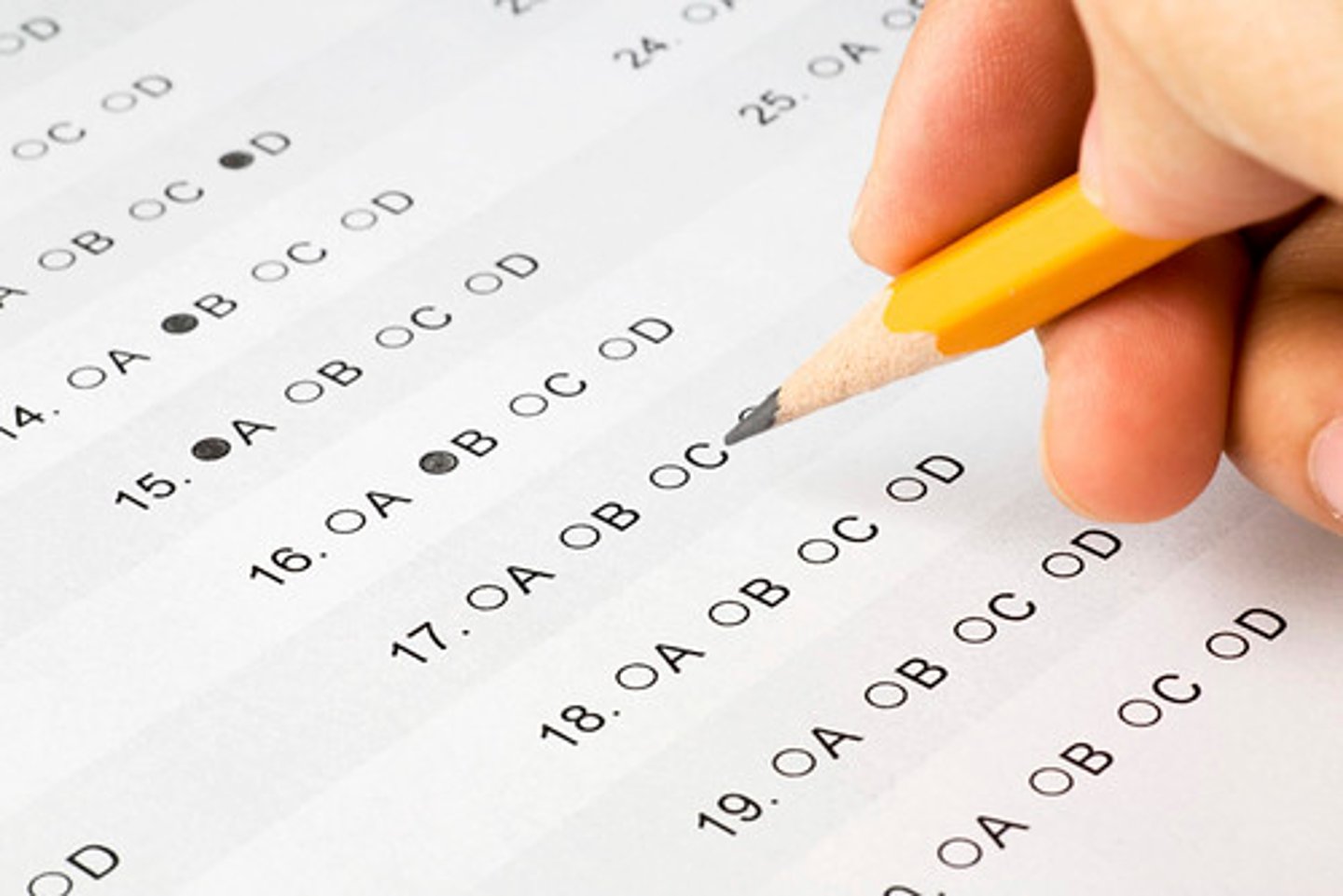
compensatory model
a rational decision making model; choices are rated on various criteria (attractive criteria offset or compensate for unattractive features); example: buying a car-1. Higher price, better gas mileage 2. Lower price, lower mpg which do you buy ?
noncompensatory model
decision making model; where criteria is not so rational; example: car buying-hinges on car color
representativeness
heuristic; decision making model; new situation judged on its resemblance to a stereotypical model; example: you buy an expensive clothes and they fall apart, he judged anything inexpensive to be cheap therefore it is representative of the quality
availability
decision-making heuristic; judgment or decision is based on information that is most easily retrieved; type of: Subway Effect-law of nature that you are situation seldom occurs and we adjust accordingly (the other line his faster, until you give in it)
confirmation bias
decision-making heuristic; tendency to look for evidence in support of a believe and to ignore evidence to disprove the believe; seeing patterns of cause and effect when there is any pattern; example: AIDS, chocolate and acne
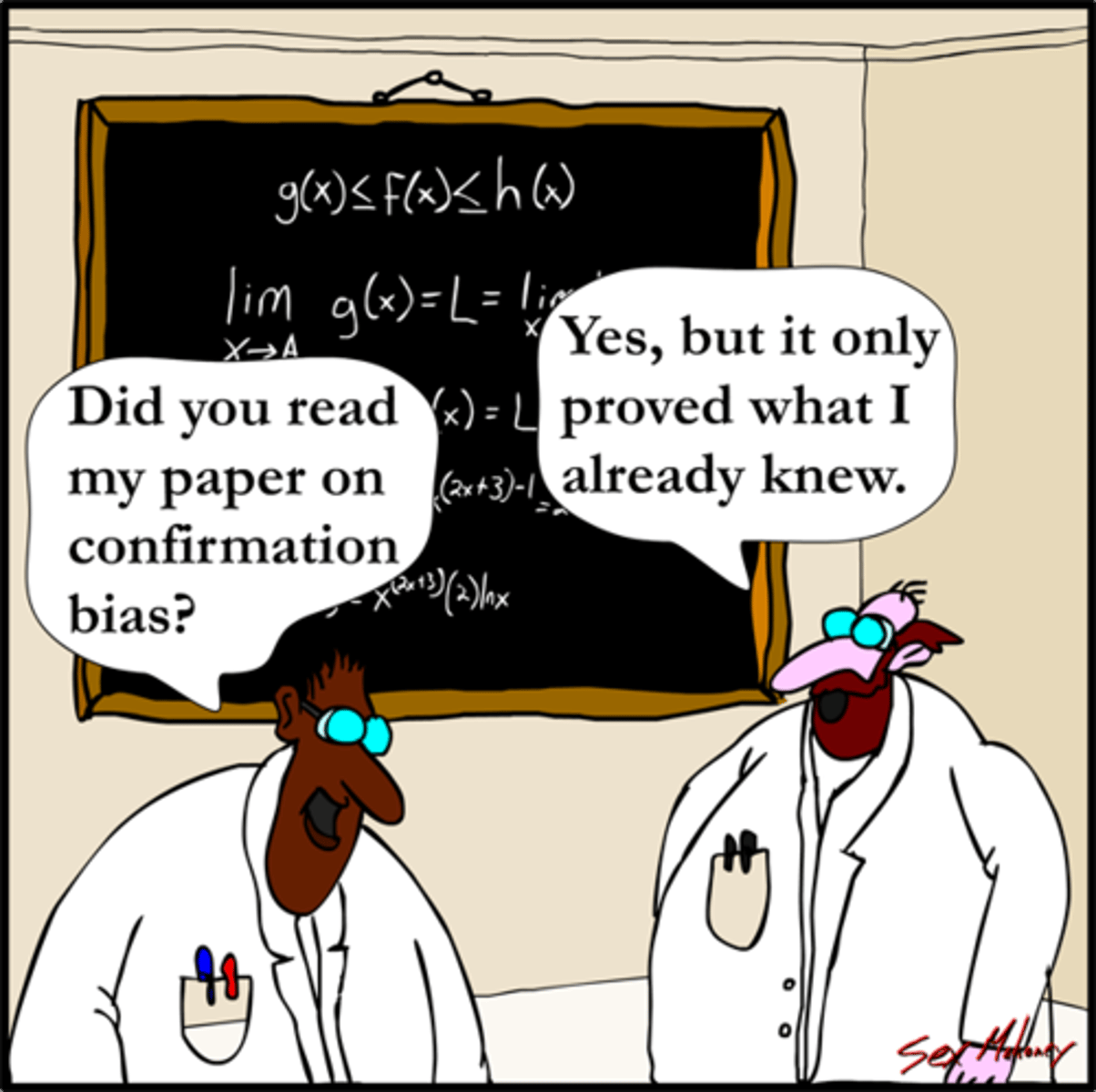
linguistic-relativity hypothesis
Benjamin Whorf; thinking patterns based on specific languages; evidence by linguistic determinism
figurative language
expressive language; smiles and metaphors
telegraphic speech
early speech; stage of one and two-year-olds that omits nonessential words; often used by primates; example: more milk!
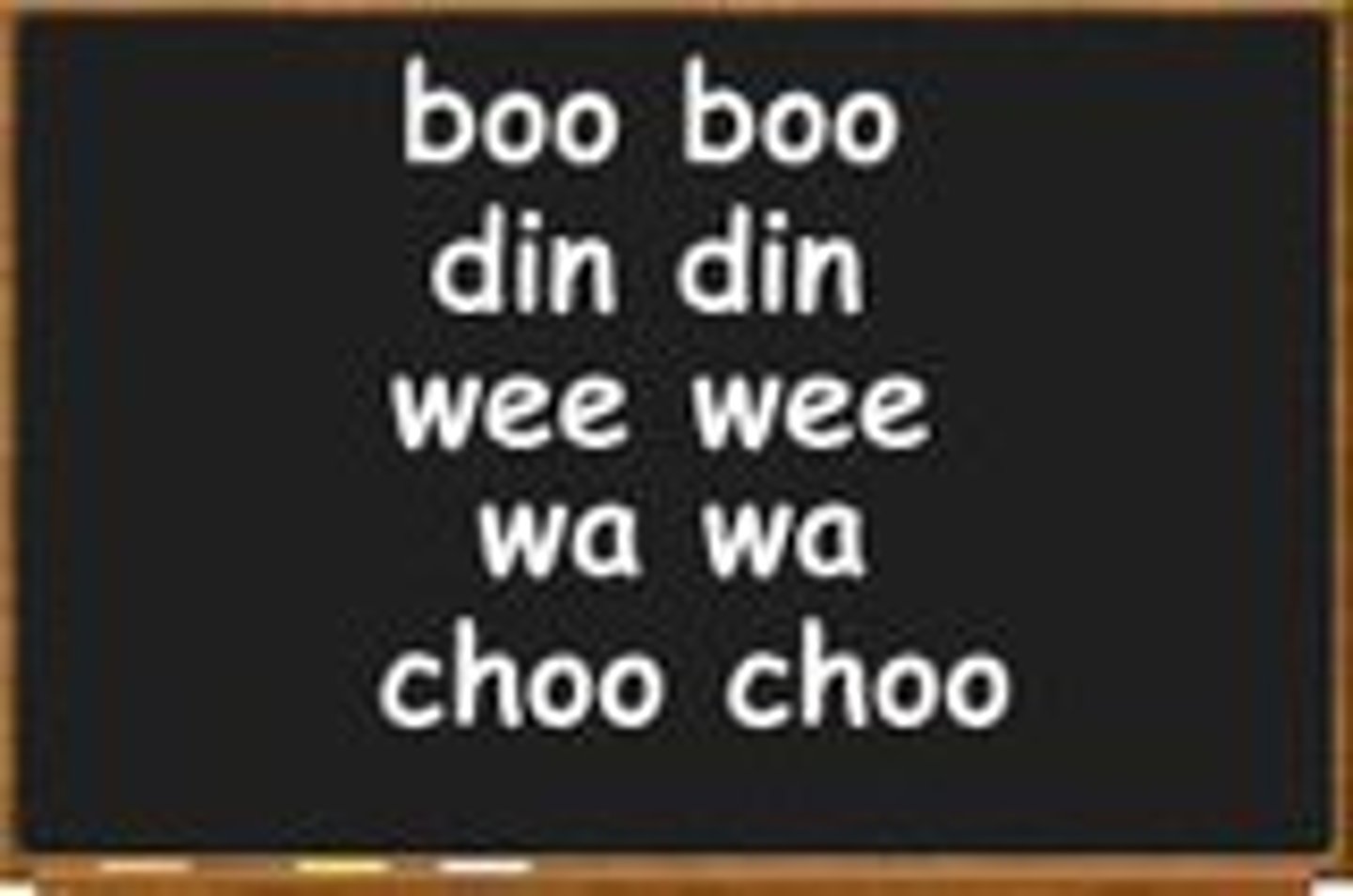
Framing
perspective or phrasing of information used to make a decision; studies on survival and mortality framing
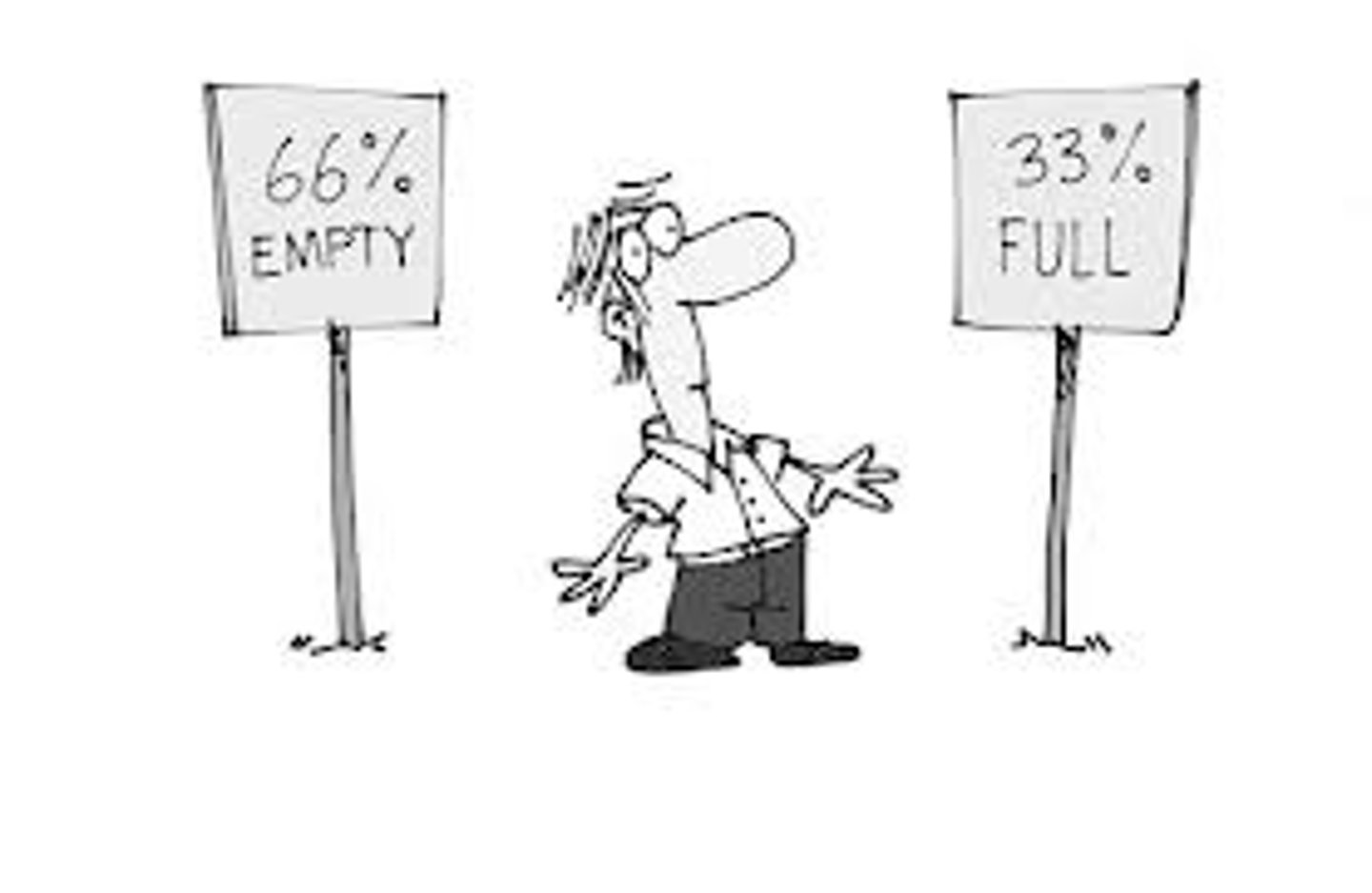
hindsight bias
tendency to view outcomes as inevitable and predictable after we know the outcome, and believe that we could have predicted what happened; "I knew it all along"
linguistic determinism
idea of the patterns of thinking are determined by the specific language one speaks; Benjamin more; example: Hopi language as to nouns for "flies"-one for birds and one for everything else; Dani limited color terminology-light/dark
counterfactual thinking
thinking about alternative realities and things that never happened; what ifs
Language Development:
Babbling Stage
1-Word Stage
2-Word Stage
Longer Phrases
ANOTHER word for two word stage
telegraphic stage
age of babbling stage
4 mouths old
age of 1-word stage
1-2 years old
age of 2-word stage
2 years old
age of longer phrases stage
2.5 - 3 years old
components of creativity (5)
Expertise (knowledge)
Imaginative thinking skills (new ways to look at things)
Venturesome Personality
Intrinsic motivation (drive from within)
Environment (lets you be creative)
is signing a type of language?
yes
Behavior Approach to learning language (2 prongs)
Behavior — Reinforcement — Imitation
latent learning (do not realize) of the language
**dependent on a cultivating environment
Cognitive Approach to learning language
Children must understand a concept before learning the language, making it an intelligence marker.
**learning from adults around them
Whorf’s Linguistic Determinism Theory Defined
the idea that language shapes thought and perception.
what does Whorf’s Linguistic Determinism Theory suggest about speakers of different languages?
suggesting that speakers of different languages experience the world differently.
Whorf’s Linguistic Determinism Theory Example
Inuit people have a much deeper understanding of snow compared to other cultures because their language (Inuktitut) has many different words to describe various types of snow, suggesting that their language shapes their perception of the snowy environment
Whorf’s Linguistic Determinism Theory Critique
The differences in language might be found in cultural knowledge as opposed to pure linguistic structures.
if you have better encoding skills
you have better social skills
if you have better recollection skills
you have a higher intelligence
if you have better memory skills
you have better learning skills
if you have better cognitive skills
you have better language skills
Convergent Thinking:
narrowing to get correct answer
Divergent Thinking:
expanding to multiple answers to look at differing points of view